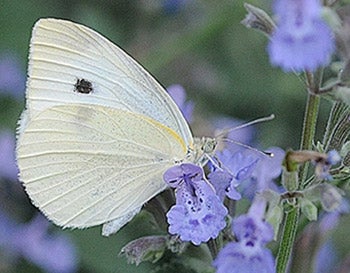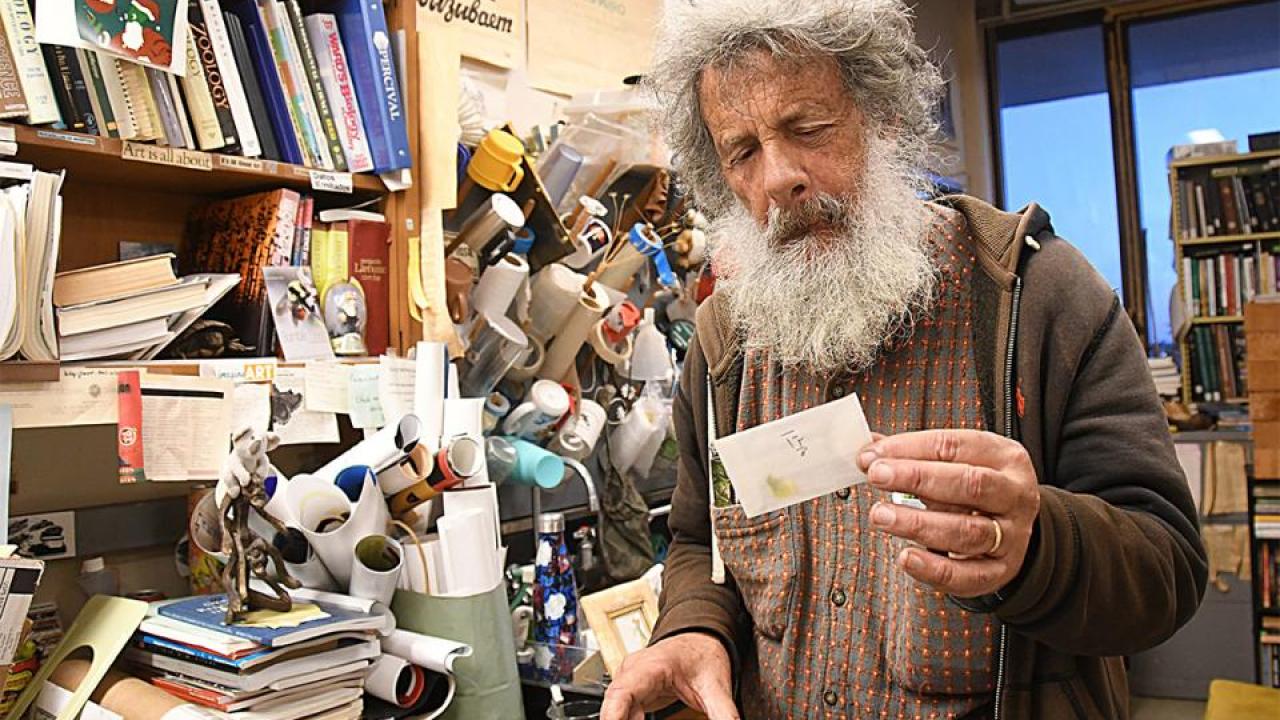Updated 9:30 a.m. Jan. 7: There’s still plenty of time to catch the first cabbage white butterfly of the year and earn a pitcher of beer for your work, according to Professor Art Shapiro.
Shapiro said yesterday (Monday) that despite a warm day Sunday, the weather hasn’t yet prepped the butterfly to emerge.
“A very warm day can ‘force’ emergence but only if the pupae have been primed by chilling,” he said. “There hasn't been enough cumulative chilling yet.”
He doesn't expect a sighting until mid-January, and puts the chances over the next week at zero.
The start of a new year can mean only one thing: no, not champagne and confetti — a hunt for butterflies.
For nearly five decades, Professor Art Shapiro has sponsored a contest to find the first cabbage white butterfly of the new year in Sacramento, Solano or Yolo counties, with a pitcher of beer up for grabs if anyone finds a Pieris rapae before he does (he’s been beaten only a handful of times).
CONTEST RULES

- It must be an adult (no caterpillars or pupae) and be captured outdoors.
- It must be delivered alive to the Department of Evolution and Ecology, 2320 Storer Hall, between 8 a.m. and 5 p.m. Monday through Friday, with the full data (exact time, date and location of the capture) and your name, address, phone number and/or email. The receptionist will certify that it is alive and refrigerate it. (If you collect it on a weekend or holiday, keep it in a refrigerator; do not freeze; a few days in the fridge will not harm it, Shapiro says.)
- Shapiro is the sole judge.
You’ll have the best chance at finding one in “vacant lots, fields and gardens where its host plants, weedy mustards, grow,” according to a news release from the Department of Entomology and Nematology.
The contest is an offshoot of Shapiro’s long-running study of butterflies across 10 sites in Northern California, measuring their activity and abundance every two weeks as a look at biological responses to climate change.
The first flight of the butterfly has varied from Jan. 1 to Feb. 22.
“The cabbage white is now emerging a week or so earlier on average than it did 30 years ago here,” Shapiro said in 2017.
Data from the overall study is available on Shapiro’s website, and it has also been turned into three modules that high school and college instructors can use to teach about species composition and climate change. Shapiro published a field guide to local butterfly species in 2007.
He still spends more than 250 days in the field each year, and has no plans to stop anytime soon, he told the Los Angeles Times last month.
